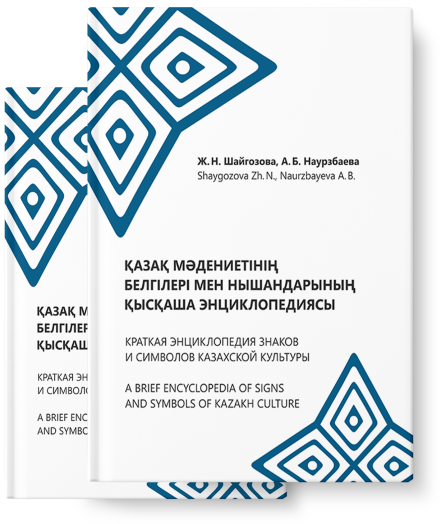
A short encyclopedia of
Signs and symbols of
Kazakh culture

In the language of gestures, the sanctity of the face is underlined by the gesture characteristic of the funeral ritual – bet zhyrtu , literally: scratching the face – a gesture that in earlier times was performed by women during the recital of a zhoqtau – a ritual memorial song. This custom also existed among other Turkic peoples, some of whom practiced it on other important commemorative days (7th, 40th day). A similar gesture also existed among the Kyrgyz. N.Y. Bichurin writes that the Tyukyen had the following custom: The body of the deceased is placed in a tent. The sons, grandsons, and relatives of both sexes stab horses and sheep and, after settling down in front of the tent and sacrificing, ride around the tent seven times, then, before entering the tent, cut their faces and utter a cry: Blood and tears flow together [2, p. 230].
The gesture of face-scratching was practiced during funeral rites by widows and close relatives, as well as by nomadic and sedentary peoples of Central Asia. The first mention of this gesture is probably found in the Orkhon writings. This gesture was interpreted by the bearers as a sign of deep sadness, longing and love for the deceased. The prayer life can be seen as a symbolic substitute for the voluntary abandonment of the wife or other relatives after the husband.

